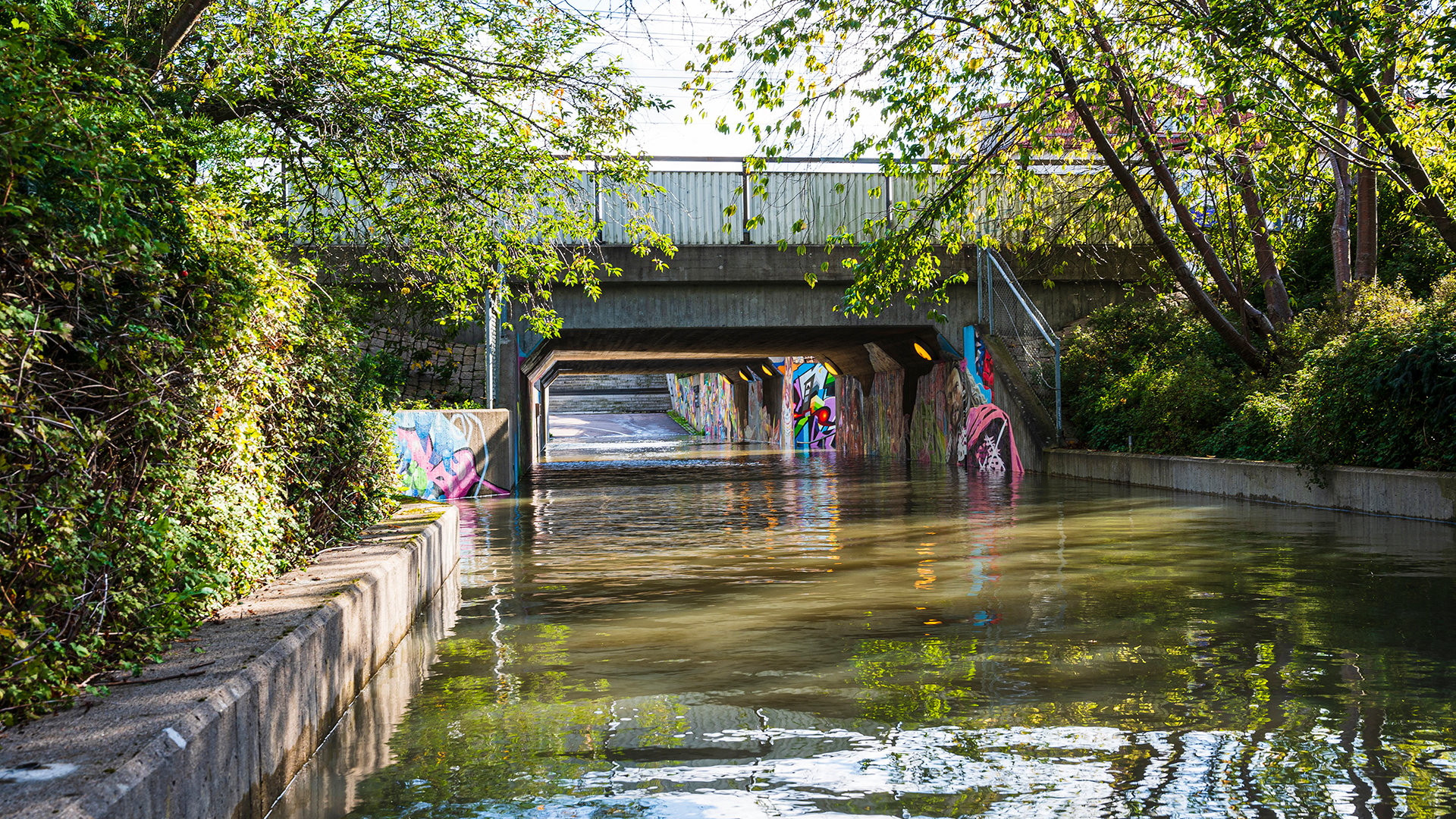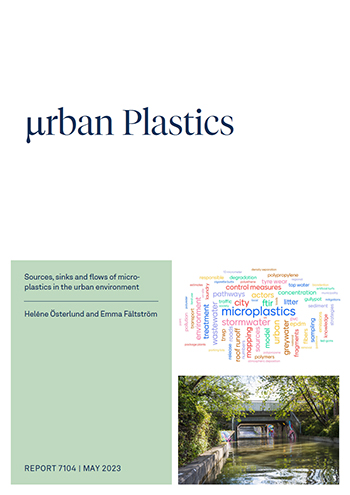μrban Plastics

About report
Microplastics have been studied in marine and coastal waters since the early 1970’s. Several studies have reported that microplastics in the marine environment originate from land-based sources and is released with stormwater and wastewater. More attention is therefore placed on the urban water systems.
This project has mapped pathways of microplastics from the terrestrial to the aquatic environment, with focus on urban stormwater. Some of the questions investigated were which type and what amount of microplastics is to be found in stormwater facilities, how is the most common plastic litter from streets broken down to microplastic particles, where in urban areas are microplastics found and how can the pollution be controlled?
In a model city, the largest sources of microplastics in wastewater were laundry releasing synthetic fibers, while cigarette butts followed by paint and tire wear particles had the largest contributions to the stormwater. Tap water, roof runoff, and dust made small contributions.
The results from this report can be used to identify which plastics are present in different parts of the urban environment and will facilitate further efforts to identify the upstream pollution sources. The flow analysis gives an overview of the flows of microplastics on a city level and can be applied to other cities with different characteristics.
